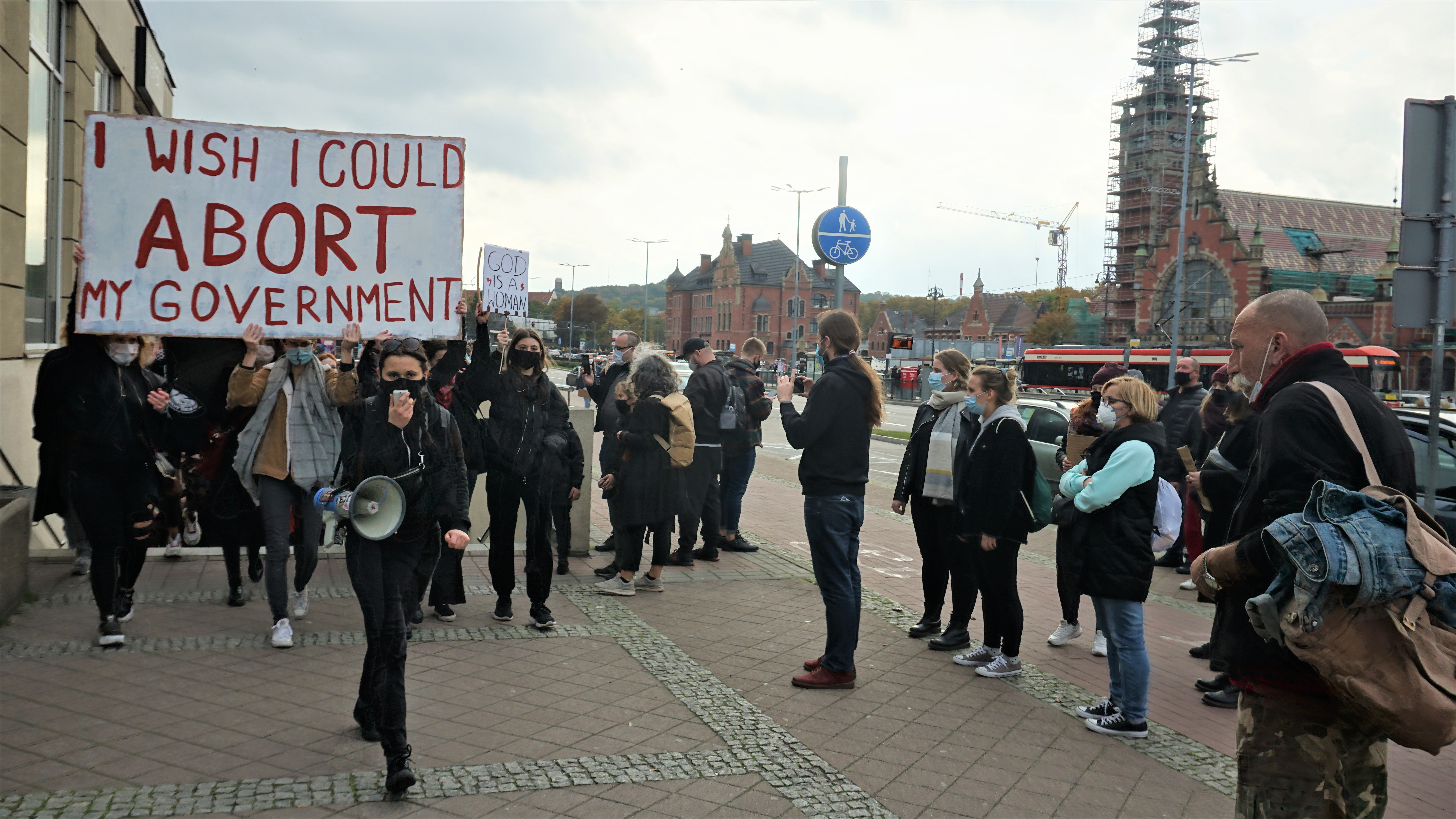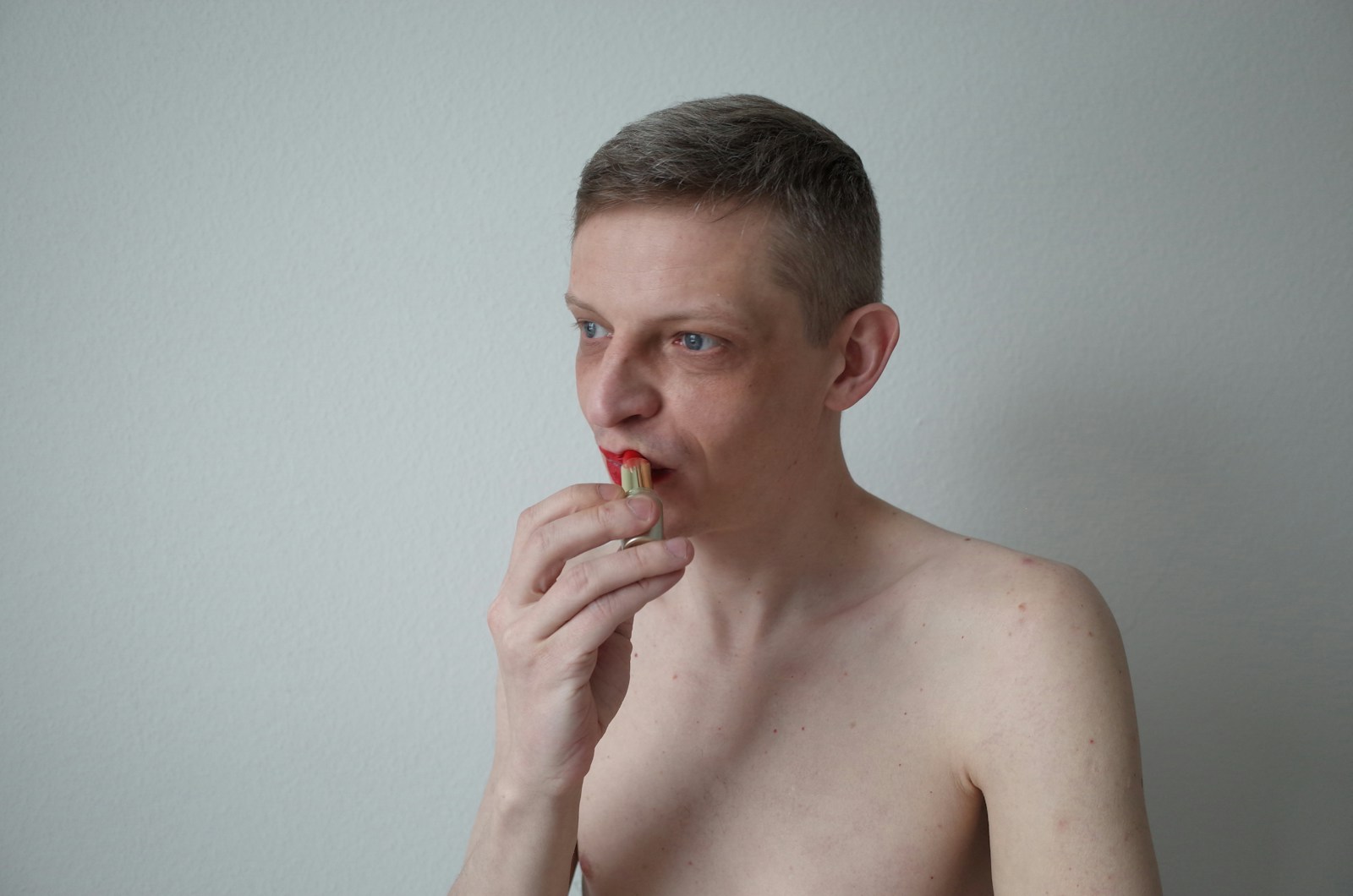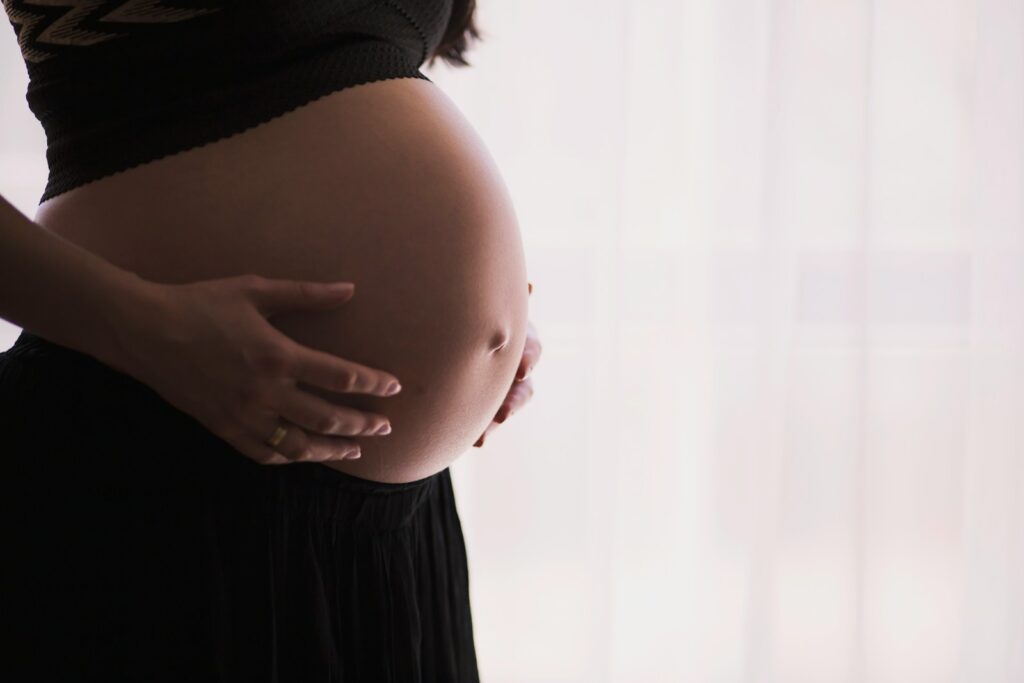
In the realm of health, identity, and international policy, few topics are as fraught with complexity and contention as those surrounding gender eligibility, access to essential medical care, and the public scrutiny of personal beliefs. Recent events across different spheres—from the world of Olympic sports to emergency rooms in the United States and political confirmation hearings—have brought these sensitive issues to the forefront, sparking vigorous debate and highlighting the pressures faced by individuals navigating systems often ill-equipped or unwilling to accommodate nuance and difference.
The situations unfolding, as detailed in recent reports, underscore a broader tension between rigid rules or political agendas and the lived realities of individuals. They reveal how institutional conflicts, legal ambiguities, and societal biases can intersect to create significant challenges, impacting everything from an athlete’s career to a pregnant person’s access to life-saving care. Exploring these cases requires careful consideration of the facts presented and the various perspectives involved, moving beyond simplistic narratives to understand the deeper complexities at play.
This article delves into some of these striking instances, examining the conflicts, the human impact, and the differing viewpoints that define these challenging landscapes. We begin by looking at a high-profile controversy that shook the boxing world before turning our attention to critical issues within healthcare access that have emerged in a shifting legal environment.

1. **The Olympic Boxing Controversy: IOC vs. IBA Eligibility Dispute**: A significant point of contention emerged in the lead-up to the Paris Olympics concerning the eligibility of two female boxers, Algeria’s Imane Khelif and Taiwan’s Lin Yu-ting. Both athletes had been disqualified from the 2023 World Championships by the International Boxing Association (IBA) based on gender eligibility tests.
However, the International Olympic Committee (IOC), which took over organizing Olympic boxing from the suspended IBA, subsequently cleared both Khelif and Lin to compete in Paris. This created a direct conflict between the decisions of the two major international boxing bodies, igniting controversy and criticism from some corners, particularly after Khelif’s first opponent in Paris notably abandoned their bout early on.
This dispute brought into sharp focus the differing approaches and criteria used by international sporting organizations, revealing a lack of unified standards and procedures when it comes to complex issues of gender eligibility, even at the highest levels of competition. The fact that athletes cleared by one authority were disqualified by another for the same reasons highlights the instability and uncertainty this creates.

2. **The Basis of the IBA’s Disqualification: Chromosomes and Disputed Tests**: The International Boxing Association based its disqualifications of Khelif and Lin on eligibility criteria it said the athletes failed to meet, as laid out in IBA regulations. The IBA explicitly defines a woman, female, or girl as “an individual with chromosome XX” and men, males, or boys as “an individual with chromosome XY.”
According to IBA chief executive Chris Roberts, XY chromosomes were found in “both cases” during unspecified “separate and recognised tests” conducted as a result of “ongoing concerns” raised by others. The IBA insisted these tests “conclusively indicated that both athletes did not meet the required necessary eligibility criteria and were found to have competitive advantages over other female competitors.” They stated the athletes did not undergo a testosterone examination.
This reliance on a specific chromosomal definition and unspecified tests, along with claims of competitive advantage, formed the core of the IBA’s reasoning for disqualification. The IBA framed their decision as “necessary to uphold the level of fairness and utmost integrity of the competition,” emphasizing their regulatory framework as the justification for barring the athletes from competing in the women’s category.

3. **The IOC’s Stance and Scrutiny of the IBA Tests**: In contrast to the IBA’s position, the International Olympic Committee explicitly recognized both Imane Khelif and Lin Yu-ting as female athletes who had met the eligibility criteria to compete in the Olympic Games as established by their International Federation (IF). IOC spokesperson Mark Adams was emphatic regarding Khelif, stating, “The Algerian boxer was born female, was registered female, lived her life as a female, boxed as a female, and has a female passport.” He clarified, “This is not a transgender case. There has been some confusion that somehow it’s a man fighting a woman. This is just not the case.”
The IOC raised significant doubts about the validity and process of the IBA’s tests. Adams questioned, “We don’t know what the protocol was, we don’t know whether the test was accurate, and we don’t know whether we should believe the test.” He drew a distinction between a test being conducted and the acceptance of its accuracy or even its protocol, suggesting a fundamental lack of trust in the IBA’s procedures.
Furthermore, the IOC described the IBA’s decision to disqualify the athletes from the 2023 World Championships as “sudden and arbitrary,” taken “without any due process.” They noted that according to IBA minutes, the decision was initially made solely by the IBA secretary general and CEO and only later ratified by the board, which then requested a procedure be established for the future. The IOC viewed the subsequent controversy and “aggression against these two athletes” as being based entirely on this arbitrary, improperly conducted decision, particularly given the athletes’ long histories of competing at the top level.

4. **The Athletes’ Perspectives and Impact of the Controversy**: The human element in this regulatory conflict is profound, directly impacting the careers and experiences of Imane Khelif and Lin Yu-ting. Khelif, speaking after a victory in Paris amidst the controversy, expressed her focus and determination: “I’m here for the gold—I fight everybody.” This simple statement reflects a desire to compete and achieve her dreams despite the intense scrutiny.
Lin Yu-ting also faced public reaction, entering the arena for her first fight in Paris to a mix of cheers and some boos. The pressure on both athletes is immense; they are forced to compete under a cloud of controversy stemming from a past disqualification that one governing body upholds and another dismisses. The incident with Italian opponent Angela Carini, who abandoned the fight against Khelif after just 46 seconds, saying she ended it to “preserve her life,” dramatically amplified the public debate, though Carini later apologized and stated respect for the IOC’s decision.
For Khelif, who spoke earlier about growing up facing prejudice and her dream of winning gold to inspire disadvantaged girls in Algeria, the controversy adds a layer of emotional burden. The Algerian National Olympic Committee’s sport manager defended Khelif, stating she passed multiple tests, including pregnancy tests, upon arriving at the village, and suggesting the IOC president’s message on the situation indicated it was “a joke.” He reiterated, “Imane was born a girl, she fights as a girl and she is a girl,” underscoring the perspective that her identity and eligibility should not be in question based on the disputed IBA tests.

5. **Beyond Transgender: Navigating DSD and Sex Variations in Sports**: Amidst the public debate, there was initial confusion and differing statements regarding whether the cases of Khelif and Lin involved transgender athletes or individuals with differences of sexual development (DSD). The IOC spokesperson explicitly stated, “This is not a transgender case,” emphasizing that Khelif is recognized and lives as a female athlete. Later, IOC president Thomas Bach also initially said it was “not a DSD case” but issued a correction, clarifying he meant it was “not a transgender case,” without offering further details on whether it was a DSD case.
DSD is described in the context as a group of rare conditions where a person’s hormones, genes, and/or reproductive organs may present a mix of male and female characteristics. Some affected individuals prefer the term “intersex.” The text notes that some reports speculated the IBA’s finding of XY chromosomes might suggest DSD, drawing parallels to cases like runner Caster Semenya, though the BBC had not been able to confirm this. The Algerian Olympic Committee manager, however, appeared to deny it was a DSD case, referencing passed tests upon arrival at the Olympic village.
The controversy highlights the broader complexities sports bodies face in developing frameworks for fairness and inclusion that address sex variations beyond binary male/female categories. The IOC released a framework in 2021 on ‘Fairness, Inclusion and Non-Discrimination on the Basis of Gender Identity and Sex Variations,’ setting out principles for national bodies, emphasizing non-discrimination against athletes qualified through their IF based on gender identity and/or sex characteristics. This contrasts with approaches in other sports, like World Athletics, which has specific rules requiring DSD athletes to reduce testosterone levels to compete in certain female events, acknowledging that elevated testosterone can lead to competitive advantages.

6. **Spike in Denials: Emergency Pregnancy Care Post-Roe v Wade**: Shifting from the world of international sport to critical healthcare access in the United States, a disturbing trend has emerged following the US Supreme Court’s decision to overturn Roe v Wade. Federal documents reveal a significant spike in complaints that pregnant women were turned away from US emergency rooms in 2022.
This increase raises serious alarms about the state of emergency pregnancy care, particularly in states that have enacted strict abortion laws since the ruling. Experts quoted in the text suggest a connection, indicating that these laws have sparked confusion around the treatment doctors can legally provide in emergency situations involving pregnancy complications.
These findings point to a chilling effect where the legal risks associated with providing care in states with restrictive abortion bans appear to be impacting the willingness or perceived ability of emergency room staff to treat pregnant patients, even in urgent situations. The consequences of such denials can be severe, leaving vulnerable individuals without necessary medical intervention during critical moments in their pregnancies.

7. **Tragic Outcomes of Denied Emergency Pregnancy Care**: The spike in complaints regarding pregnant women being turned away from emergency rooms is not merely a statistical anomaly; it translates into profoundly tragic human outcomes. Federal documents reveal harrowing instances where individuals in urgent need of care were denied entry or treatment, leading to devastating consequences. This situation is particularly alarming in states with stringent abortion laws, where confusion among healthcare providers appears to be contributing to a reluctance to intervene in emergency pregnancy complications. The sheer thought of someone being turned away in such a critical state is, as one obstetrician/gynecologist described it, “shocking, it’s absolutely shocking,” adding that it is “appalling that someone would show up to an emergency room and not receive care—this is inconceivable.”
The documents sadly detail specific cases that underscore this crisis. In one horrifying account from Texas, a woman who was nine months pregnant and experiencing contractions arrived at Falls Community Hospital in July 2022. Despite her condition, the doctor on duty refused to see her, stating they lacked obstetric services, and recommended she drive to a hospital in Waco. This patient, tragically, miscarried in a restroom lobby at a Houston emergency center months later after front desk staff refused to check her in when her husband sought help for delivering her baby, leading to him calling 911 as she bled extensively in the restroom.
Other cases reveal a similar pattern of denial and suffering. In Florida, a pregnant woman was refused entry to the triage area by a security guard because she had brought a child with her; when she returned the next day, medical staff could not locate a fetal heartbeat. North Carolina saw a woman give birth in a car after an emergency room could not provide an ultrasound; the baby later died. These accounts, uncovered through federal documents, paint a stark picture of the critical failures occurring within the emergency healthcare system for pregnant individuals in a shifting legal landscape, failures that unfold with devastating human cost.

8. **Emtala: The Federal Mandate for Emergency Treatment**: These tragic instances have occurred despite a longstanding federal law designed precisely to prevent such denials of care. The Emergency Medical Treatment and Labor Act (Emtala) is the nation’s bedrock law intended to protect Americans’ right to life- and health-saving emergency medical care. It mandates that hospitals accepting funding from the federal government’s Medicare program must provide stabilizing treatment to patients who arrive at an emergency room with an emergency medical condition, including those in active labor. If a hospital lacks the necessary staff or resources to treat the patient, Emtala requires that they provide a medical transfer to another hospital that can provide the required care.
The law is clear in its intent to ensure that individuals experiencing medical emergencies, regardless of their ability to pay or insurance status, receive necessary care. Compliance with Emtala is a condition for hospitals participating in Medicare. Failure to meet these requirements can result in significant penalties, including hefty fines levied against the hospitals and the physicians involved. Furthermore, violations can jeopardize a hospital’s continued participation in the Medicare program, which represents a substantial portion of funding for many facilities across the country.
While the law provides a crucial layer of protection, its enforcement and interpretation have become points of contention, particularly in the context of state-level restrictions on reproductive healthcare. The documents indicating a spike in Emtala-related complaints post-Roe v. Wade suggest that the law is not consistently upholding its promise in the current environment. It’s also worth noting that even when violations are found, the process for levying fines can be lengthy, potentially taking years to resolve, which may dilute their immediate deterrent effect.

9. **The Chilling Effect of State Abortion Laws on Healthcare Providers**: Experts observing the healthcare landscape in the United States post-Roe v Wade have pointed to a troubling phenomenon they describe as a “chilling effect.” This effect is directly linked to the complex and often confusing legal environment created by stringent state laws restricting or banning abortion. Healthcare providers, particularly those in emergency settings, find themselves navigating a precarious space where providing necessary care for pregnancy complications could potentially run afoul of state-level legal prohibitions, even if that care is medically indicated to save the patient’s life or health.
This legal ambiguity has instilled a significant level of fear and uncertainty among medical staff. According to Sara Rosenbaum, a health law and policy professor at George Washington University, pregnant patients have effectively become “‘radioactive’ to emergency departments” in states with extreme abortion restrictions. She suggests that the emergency medicine staff are “so scared of a pregnant patient” that they may not even fully assess the situation, driven by a desire to avoid potential legal repercussions. The result, she contends, is that “They just want these people gone,” leading to delays or outright denials of essential care.
The real-world consequences of this fear are palpable. Amelia Huntsberger, an obstetrician/gynecologist, shared that Emtala was one of the few protections she felt she had to treat pregnant patients in Idaho, a state with a strict abortion ban. Ultimately, the challenging legal environment proved too much; she decided to leave Idaho and practice in Oregon, highlighting how the risks and confusions stemming from state laws directly impact where and how physicians feel able to provide care, even compelling some to relocate to states with clearer legal protections.

10. **The Unique Challenges of Pregnant Transmasculine Individuals in Healthcare**: Within the broader landscape of healthcare access challenges, pregnant transmasculine and nonbinary individuals navigate a unique set of obstacles rooted in systemic ignorance and discrimination. The medical system, historically and predominantly built around a binary understanding of sex and gender, often operates under the assumption that all pregnant people are women. This fundamental assumption creates significant barriers for individuals whose gender identity does not align with this expectation, leading to experiences of feeling unseen, misunderstood, and mistreated within healthcare settings, from routine appointments to emergency care.
The experience of Sam Guido, a transmasculine and nonbinary person, powerfully illustrates these challenges. As he embarked on the journey of parenthood, first with his daughter T and now while trying to conceive a second child, he has directly encountered the ways in which medical institutions can be unwelcoming or ill-equipped to provide affirming care. His initial fear of giving birth in a hospital stemmed precisely from this anticipation of navigating a system that didn’t understand his identity, highlighting the anxiety that many trans individuals face when interacting with healthcare providers.
The necessity of involving “chosen family and friends” to advocate for him during his hospital birth underscores the additional burden placed on trans patients. It was essential to have others in the room who could actively educate and remind hospital staff about his identity, correct misgendering, and ensure that the language used regarding him and his body was respectful and appropriate. This need for external advocacy is a direct consequence of a system that lacks intrinsic understanding and protocols for caring for transmasculine pregnant people, leaving individuals vulnerable and dependent on their support networks to secure respectful treatment.

11. **Experiences of Discrimination and Isolation for Pregnant Transmasculine People**: The challenges for transmasculine individuals during pregnancy extend beyond the moments of care and into the fabric of their daily lives and emotional well-being. The struggle to find affirming healthcare is a significant hurdle; Sam Guido’s search for a safe and understanding primary care doctor took a year and a half, a substantial delay that many seeking care might face, adding stress and potentially delaying necessary health monitoring. This difficulty in locating knowledgeable and respectful providers contributes to a sense of isolation within the medical system.
Furthermore, the physical and hormonal changes of pregnancy can intersect complexly with gender identity. For transmasculine people who typically take testosterone as part of hormone replacement therapy, stopping this treatment to conceive and carry a pregnancy can lead to significant emotional and physical distress. Sam experienced difficulty regulating his emotions without testosterone and faced “significant gender dysphoria” with the return of his menstrual cycle, highlighting how the physiological requirements of pregnancy can intensify feelings of incongruence with their gender identity for some.
Public perception and potential harassment also add layers of difficulty. As Sam noted, there is a risk of facing “harassment from strangers when going out in public while pregnant and looking too much like a man.” This external scrutiny and potential for negative interactions underscore the lack of societal understanding and acceptance of pregnant people who do not fit traditional gender norms, compounding the sense of vulnerability and isolation experienced by transmasculine individuals throughout their pregnancy journey. The emotional toll is significant, contributing to a feeling of being alone and mistreated in a society and healthcare system unprepared to accommodate their existence.

12. **Navigating Identity, Advocacy, and the Complexities of Transmasculine Pregnancy**: Despite the significant obstacles, the experiences of pregnant transmasculine individuals also reveal profound complexities and moments of unexpected affirmation. While societal and medical systems often impose a narrow view, the personal experience of pregnancy can be deeply personal and, for some like Sam Guido, even affirming. He expressed surprise at how little dysphoria he felt during his first pregnancy, finding it felt “very natural” in a way that did not challenge his gender identity. This highlights the diverse ways in which pregnancy can be experienced across different identities, defying simplistic assumptions.
Yet, navigating these personal feelings within a non-affirming world can be challenging. Sam felt he had to justify his feeling of pregnancy being affirming, perhaps due to external expectations or internal wrestling with societal narratives that suggest pregnancy is exclusively a ‘female’ experience. This points to the pressure on trans individuals to conform to or explain their experiences when they deviate from dominant societal scripts, even within their own communities, underscoring the nuanced relationship between internal identity and external perception.
The journey through pregnancy and parenthood as a transmasculine person becomes an act of constant negotiation—between personal identity, the demands of the body, the limitations and biases of the healthcare system, and the reactions of society. It requires resilience and, as Sam’s story shows, often relies on the strength and advocacy of chosen family and friends to bridge the gaps in understanding and respect within medical settings. This path, though “full of these dualities—joy and pain,” ultimately leads to the profound experiences of parenthood and the affirmation of family, illustrating the vital importance of recognizing and supporting individuals navigating these complex intersections of identity and life events.
These cases, spanning from the highest levels of international sport to the most personal moments of healthcare access and family building, reveal the profound and often painful intersection of identity, policy, and human vulnerability. They underscore the urgent need for systems—whether in sports governance or healthcare—to evolve beyond rigid, outdated binaries and assumptions, embracing the complexities of human variation and experience with greater empathy, understanding, and a commitment to equitable treatment for all.



